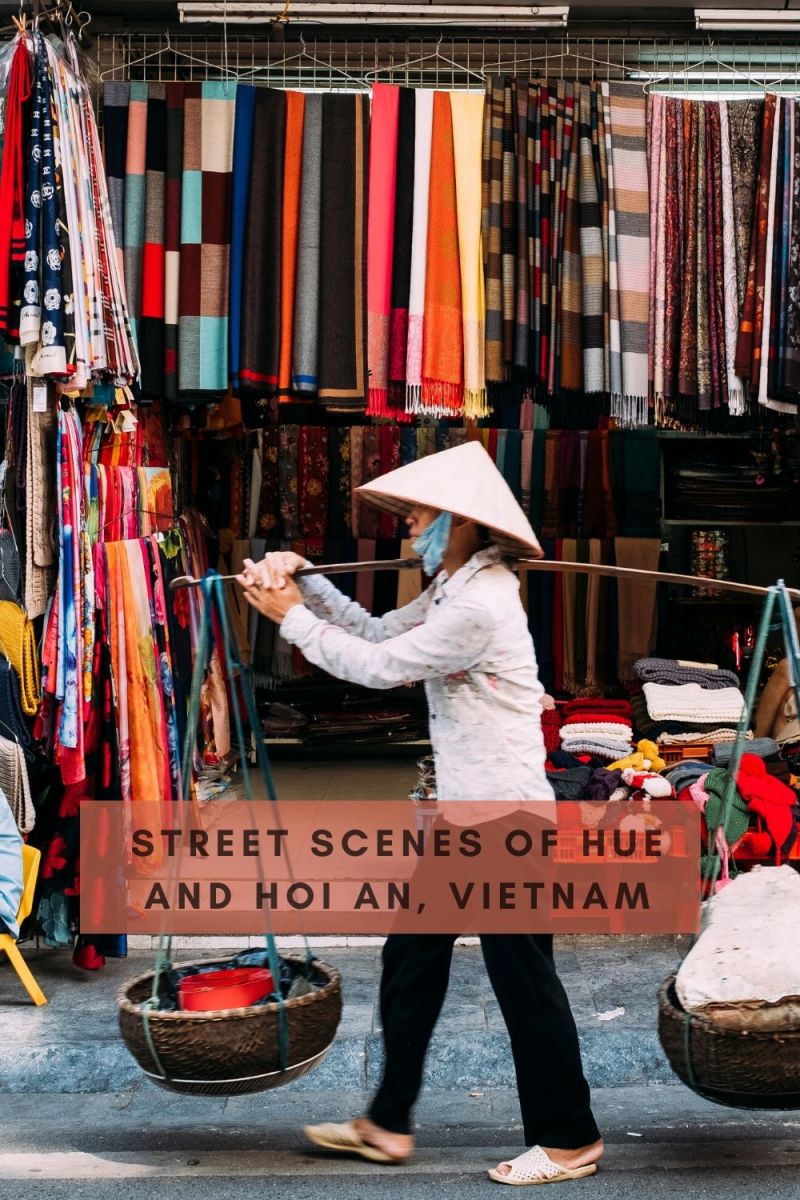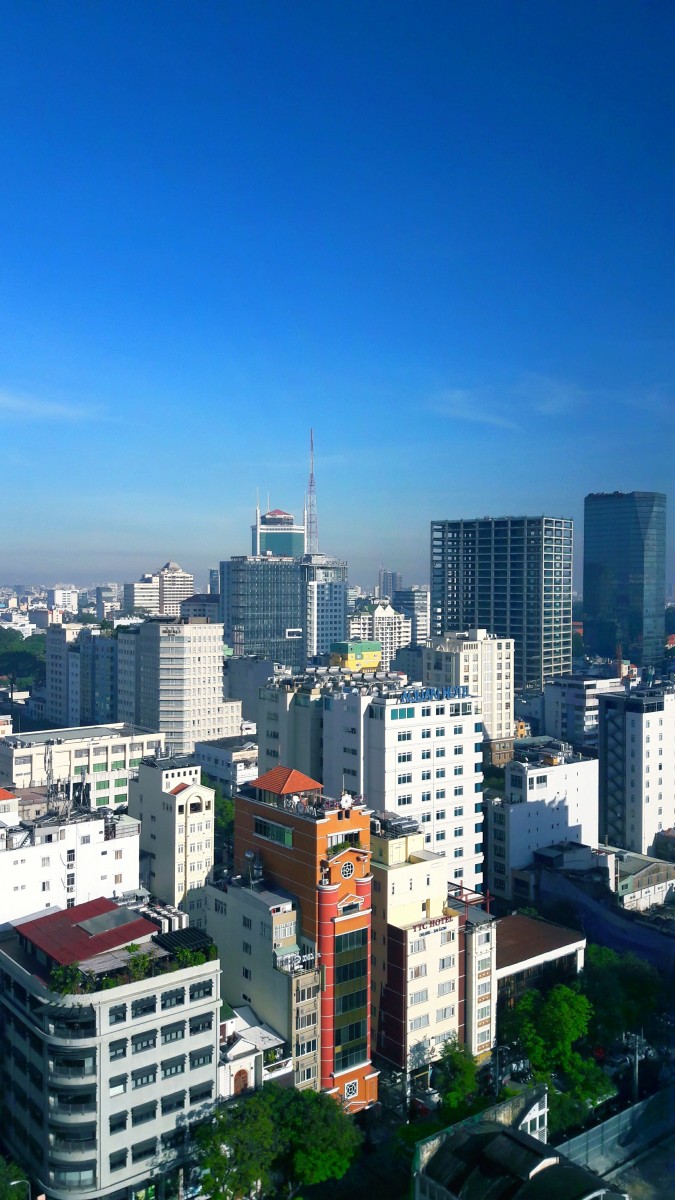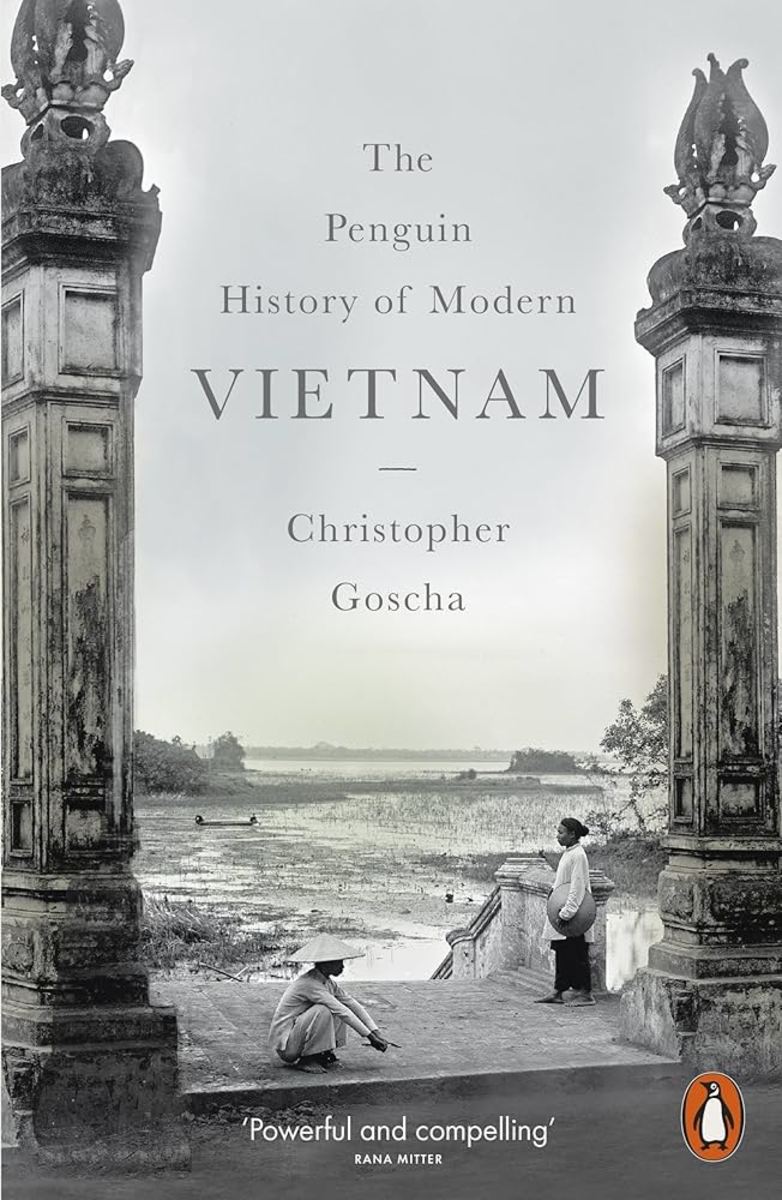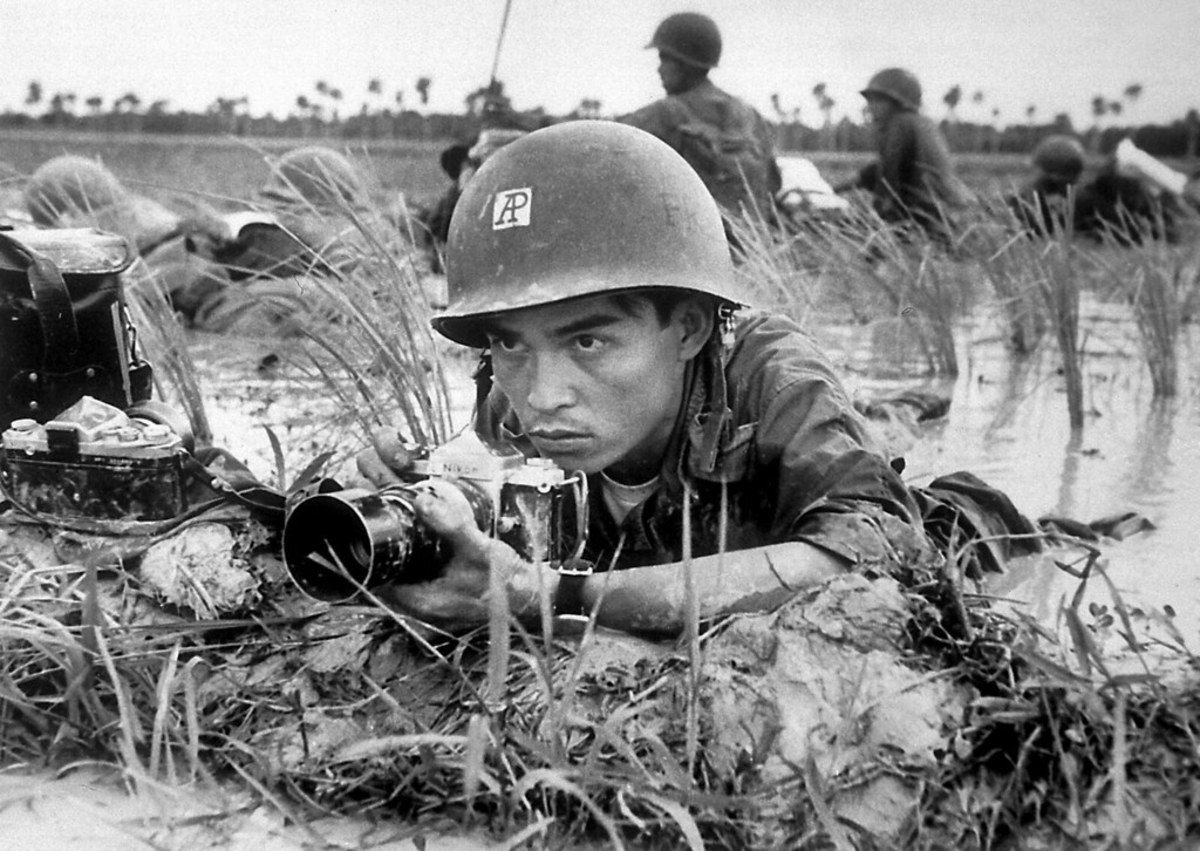- HubPages»
- Travel and Places»
- Visiting Asia»
- Southeastern Asia
The National Museum of Vietnamese History, Hanoi, Vietnam: A Photo Tour
The National Museum of Vietnamese History is in an ochre-colored building which was once the museum of the Far East Research Institute. It was designed by Ernest Hebrad, who created a successful fusion of French and Vietnamese architecture.
Inside the museum are displays on several periods of Vietnamese history. Unfortunately, not all of them are well-labelled.
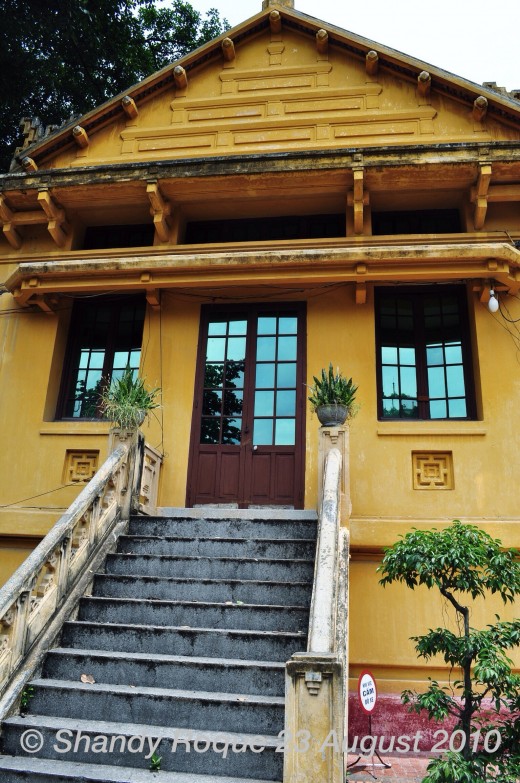
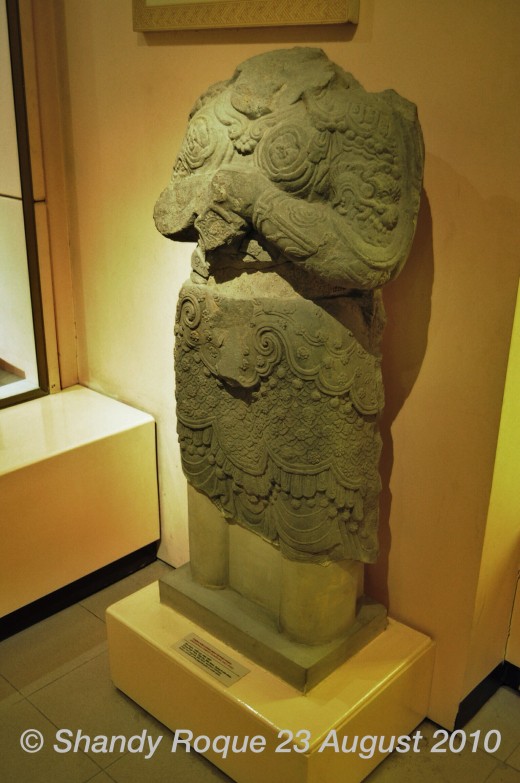
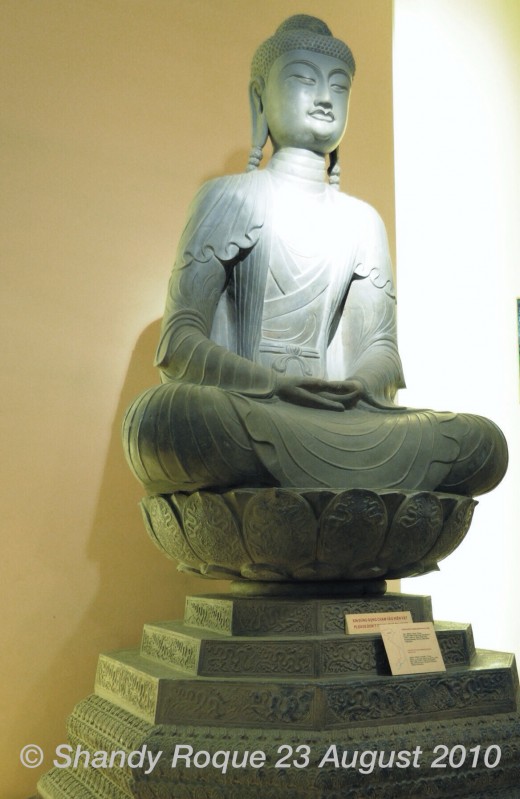
Sculptures from the Champa Kingdom and the Vietnamese Royal Dynasties
The National Museum of Vietnamese History has an array of sculptures from the Champa kingdom to the different dynasties that ruled Vietnam. Several impressive Dong Son drums from the Bronze Age can also be found in the museum.
The Champa Kingdom, which is now central and southern Vietnam and a portion of Cambodia, was once a flourishing kingdom in the 9th and 10th century. During it's decline, it suffered several attacks from the Khmer kingdom which the Vietnamese took advantage of to expand their small northern kingdom. One can now visit a huge site of Champa ruins by taking a tour from Hoi An.
Some of the sculptures found in these ruins are displayed in this museum. Unfortunately, most of them are outside, slowly deteriorating in Hanoi's acid rains.
Several pieces from the royal dynasties can also be found in this museum. Most of them come from the Nguyen Dynasty.
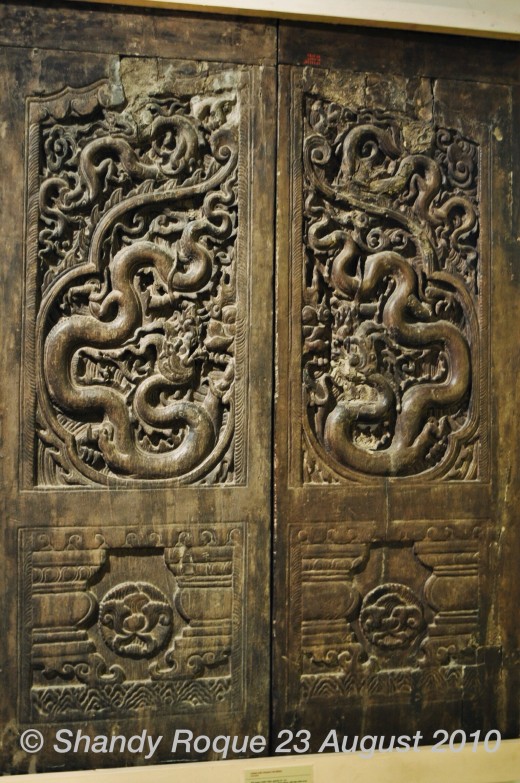
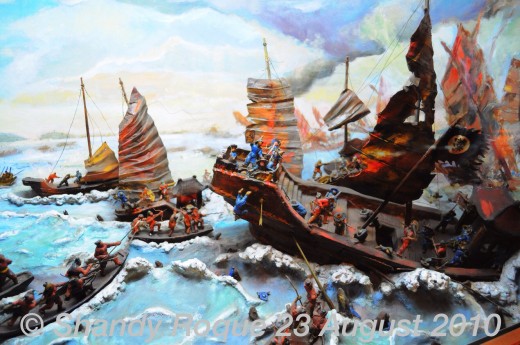
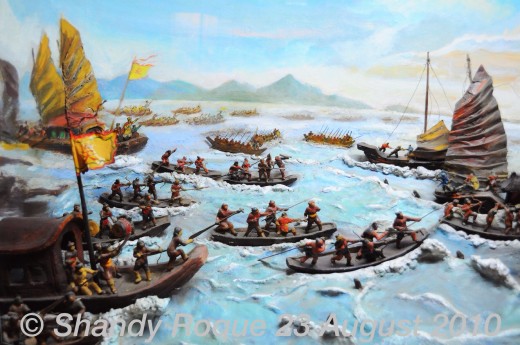
Battle of Bach Dang 938
Another feature of this museum are the dioramas that show scenes in Vietnam's history. The most impressive one is the diorama that shows the victorious Battle of Bach Dang in 938 A.D. when the Vietnamese used knowledge of the land to beat the Chinese in an epic battle.
Anticipating that the Chinese will be moving along the Bach Dang River, Ngo Quyen commanded his men to plant sharp steel-tipped poles in the bed of the river. When the high tide concealed these sharp weapons, he asked some of his men to provoke the Chinese to lead them to charge in the direction of the poles. As the Chinese approached, the tide began to lower, revealing the concealed weapons and trapping and sinking their warships.
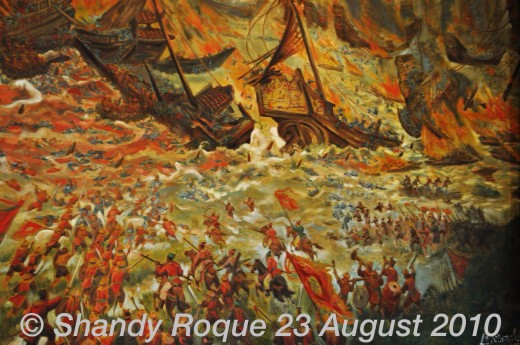
Battle of Bach Dang, 1288
The same tactic was used against the Mongols in 1288. This time, it was Tran Hung Dao who commanded the positioning of huge sharp poles along the river. Once again, the Vietnamese managed to gawd their enemies to charge into the sharp poles, wrecing their warships and losing the war.
A painting of this victorious moment can be found in the museum. They have also preserved the wooden poles used to deter the Mongols.
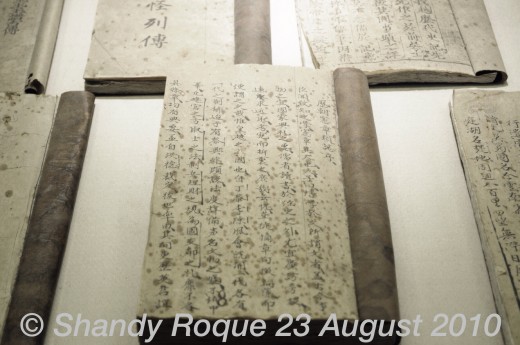
Vietnamese Writing
The National Museum of Vietnamese History also shows the progression of Vietnamese writing from Chinese characters to their own complicated version of the Chinese characters to the present characters to the Latin alphabet version brought about by the French influence that is used today.

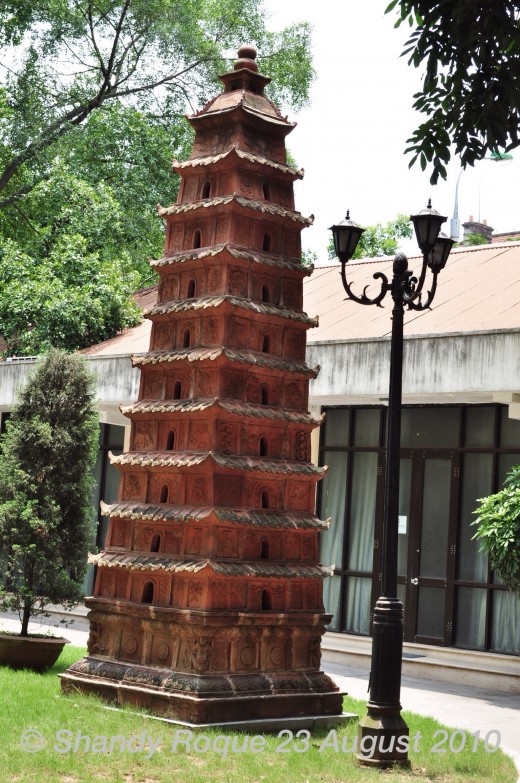
- Friends of Vietnam Heritage :: Home
This group arranges a lot of informative tours. From museum tours to a tour of the streets of the Old Quarter, these people know their history and can point out a lot of interesting details that you won't find in a guide book. - Top Places to Visit in Hanoi
Hanoi, the capital of Vietnam, offers a lot of charming and interesting locations. Here are some places you can add to your itinerary.
Which of these places did you enjoy visiting in Hanoi?
The National Museum of History in Hanoi has a lot of interesting pieces on display. Unfortunately, the lack of labels and explanations can make a tourist less appreciative of the exhibits. So, it's not a bad idea to spend a bit more and get a tour guide.




